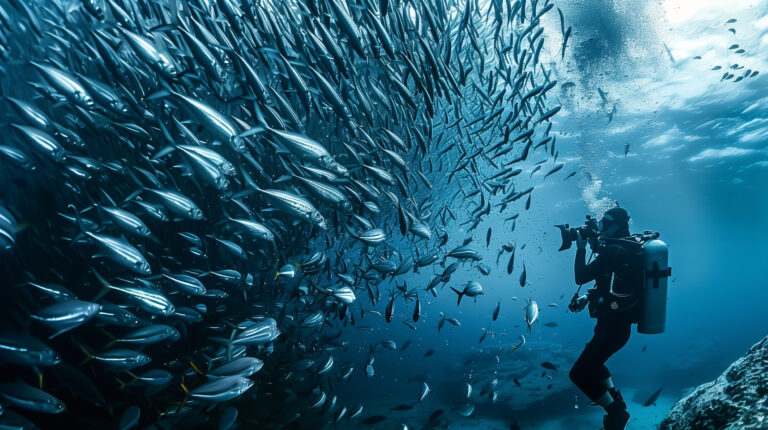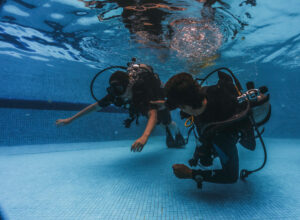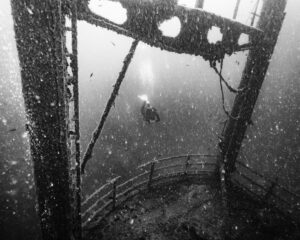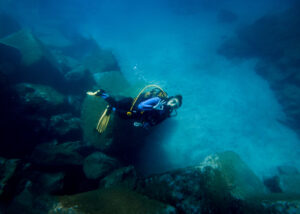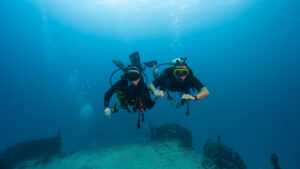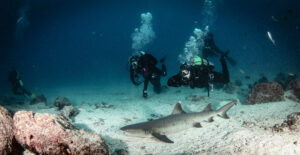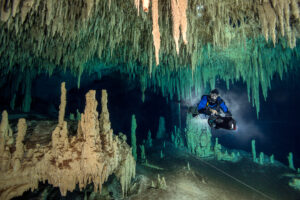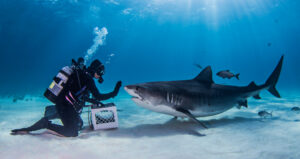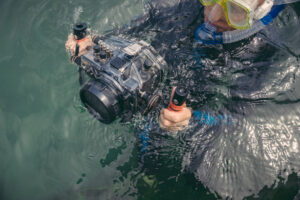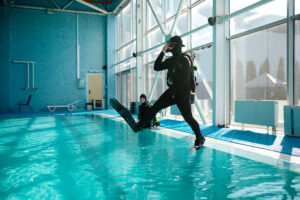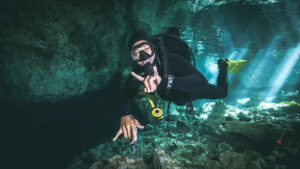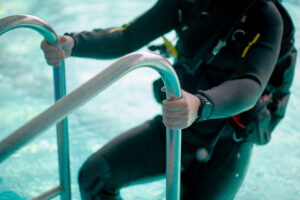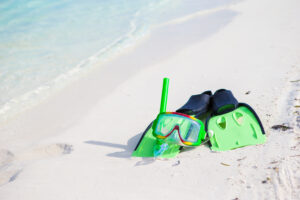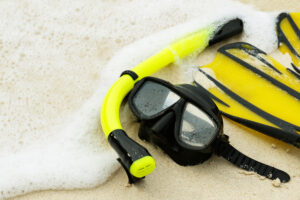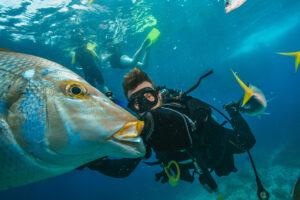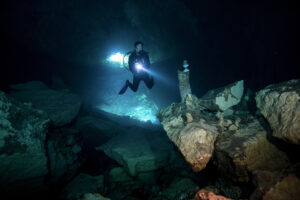What is Wreck Diving?
Wreck diving is a specialized form of scuba diving that involves exploring natural or man-made shipwrecks underwater. Divers are drawn to these submerged vessels for various reasons, such as the thrill of adventure, the opportunity to discover historical artifacts, or the chance to witness unique marine life that inhabits these artificial reefs. This entry will delve into the origins, techniques, safety precautions, and ethics involved in wreck diving, providing a comprehensive overview of this captivating and challenging pursuit.
Origins of Wreck Diving
Wreck diving has a long and fascinating history. As early as the late 19th century, divers were exploring shipwrecks using hardhat diving suits. Technological advancements in the 20th century, such as the invention of the self-contained underwater breathing apparatus (SCUBA) by Jacques Cousteau and Emile Gagnan in 1943, revolutionized the sport and made it more accessible. Today, wreck diving has become a popular recreational activity for divers worldwide, with numerous dive sites offering a diverse range of experiences.
Types of Shipwrecks
Wreck diving sites can be broadly classified into two categories: natural and artificial shipwrecks. Natural shipwrecks are vessels that have sunk due to accidents, warfare, or other unplanned events. These wrecks often hold historical significance and are windows into the past, offering glimpses into the lives of the people who sailed on these ships.
Artificial shipwrecks, on the other hand, are vessels that have been intentionally sunk to create artificial reefs or diving attractions. These wrecks often provide shelter and breeding grounds for marine life, promoting biodiversity and helping to conserve local ecosystems. The deliberate sinking of ships for these purposes is known as reefing and has become an important tool in marine conservation.
Preparation and Training
Wreck diving requires specialized training and equipment to ensure safety and enjoyment. Many diving organizations, such as the Professional Association of Diving Instructors (PADI) and Scuba Schools International (SSI), offer wreck diving courses that teach essential skills and techniques. These courses cover topics such as wreck penetration, navigation, buoyancy control, and the use of specialized equipment like wreck reels and dive lights.
Divers must also be aware of potential hazards associated with wreck diving, including entanglement, disorientation, and the possibility of encountering hazardous materials or unexploded ordnance. Proper training and adherence to safety guidelines can help minimize these risks.
Equipment Required for Wreck Diving
In addition to standard scuba gear, wreck divers often use specialized equipment to enhance safety and facilitate exploration. Some essential items include:
Dive lights
Illuminate dark interiors and enhance visibility in low-light conditions.
Wreck reels
Assist with navigation and provide a safety line to the surface or exit point.
Slate or underwater notebook
Facilitates communication and record-keeping.
Cutting tool
A safety measure in case of entanglement in fishing lines or other debris.
Redundant air source
An additional air supply, such as a pony bottle or sidemount, to ensure self-sufficiency in an emergency.
Conservation and Ethics
Preserving the historical and ecological integrity of wreck sites is a key concern for wreck divers. The phrase “take only pictures, leave only bubbles” underscores the importance of a non-invasive approach to wreck diving. Divers should avoid touching or disturbing artifacts, as well as any marine life that inhabits the wreck. Additionally, divers should not remove objects from wrecks, as doing so can lead to the deterioration of the site and the loss of valuable historical information.
Key Takeaways
Wreck diving is a thrilling and immersive experience that combines adventure, history, and marine conservation. Proper training, preparation, and adherence to ethical guidelines are crucial for a safe and enjoyable wreck diving experience. With numerous wreck sites around the world, divers can embark on unforgettable underwater adventures while witnessing firsthand the fascinating stories that lie beneath the waves.

